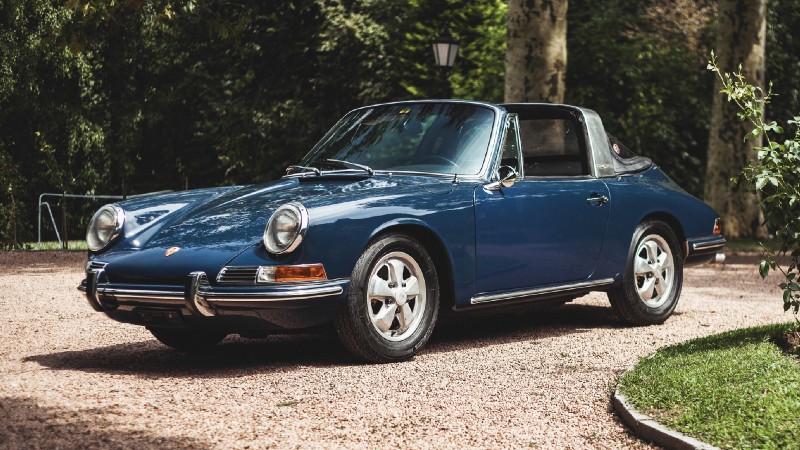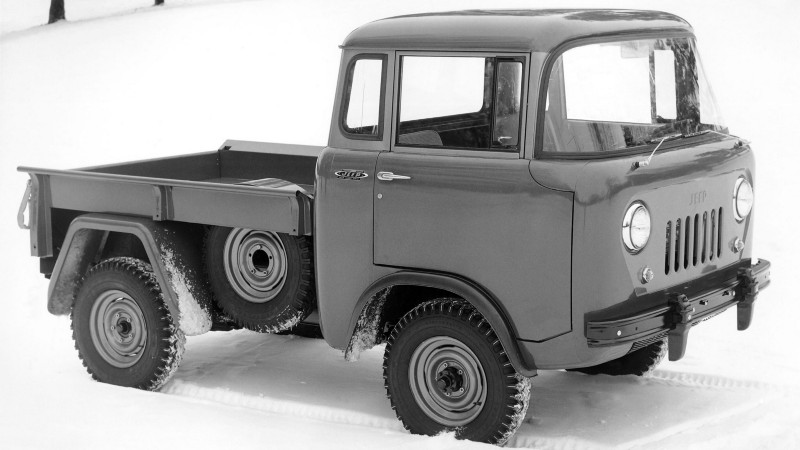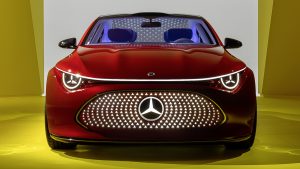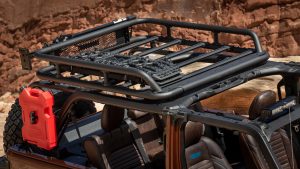Every time a new performance car appears, media outlets publish countless articles detailing its many advancements. Some regard complex electronic assistance systems, others focus on the application of new materials that have optimal properties, but there is always one common point: mechanics. Simple and pure mechanics.
Cars are basically self-powered boxes that move. We can apply the technology we want to make them better — and the global industry has done a wonderful job at that — but, in the end, it all comes down to its physical interactions with the environment. We can say that this article focuses on the interactions of the very first Porsche 911.
While the latest generations are a part of the global references in performance driving, the ‘1964 one had critical issues that almost drove it to an early grave. Solving them was quite difficult at that time because the available technology was little, but that is the reason why the solution used by Porsche is intriguing to analyze in nowadays.

Tricky handling at first
As Road & Track beautifully reports, the early units of the 911 were extremely unstable; they had a tendency to understeer, and some cars even had different responses to turning left and right. The most common problem, however, was lift-throttle oversteering: it could happen even on straight lines and could spin the car out of control.
One of the main reasons for that was unrealistic design. The front suspension had no camber or caster adjustments because Porsche’s technical director of that time believed that strict tolerances were sufficient to give it the intended geometry. In practice, it was impossible to consistently comply with them in high-volume production.
The other reason was weight distribution. One of the 911’s signature features is the six-cylinder engine placed behind the rear axle, but it comes at the cost of moving the center of mass too far to the back. It unbalances the moment of inertia in a way that any attempt of fast cornering becomes like dealing with a pendulum in motion.

Function over form
The director was eventually replaced but the issue persisted. There are several ways to work on weight distribution, but most require redesigning parts of the car. Owners were not only complaining about the 911 but also questioning the company’s decision to replace the widely praised 356 with such a problematic car. Time was of the essence.
Porsche initially resorted to the simplest solution: add weight to the front. We see automakers continuously researching new ways to make their cars lighter, indeed, but the goal was to improve its distribution. Making the front heavier can move the center of mass towards the center of the car and make it stable. Now, how can that be done?
The company’s very first solution was to apply overriders made of lead to the front bumper. Although they were effective, they were ugly, and “lead wasn’t suitable for use in a mass-production car”. The final solution was to apply two cast-iron plates: they weighed around 24 lb each and were discreetly installed behind the front bumper.

How does that work?
The iron plates solved the 911’s worst problem, which was oversteering. That is the effect of the rear wheels losing traction, usually on a curve. They tend to slip along the tangent while the front ones still have traction and try to follow the curve. If not controlled, the rear wheels tend to spin around the front ones making smaller circles.
When accelerating forward, the car suffers dynamic weight transfer to its rear axle. In general, this is benefitial for rear-wheel drive cars because it increases their traction. On the 911, that effect is added to lateral forces from the curve and to engine weight. The dynamic load ends higher than the tires’ tractional limit and they begin to slip.
Nowadays, it is common to deal with that by using better tires, which basically increase that tractional limit. Counterweights, in turn, reduce the influence of engine weight on the final dynamic load. Porsche would apply other solutions for permanent use later, like redesigning the steering system, but those plates were a great preliminary fix.

Back to basics
Literal weight additions may seem primitive, but the truth is that any effective solution has advantages of its own. Compared to the other ideas Porsche used later, iron plates are cheap, easy to apply, and only do what they are supposed to; there were no side effects such as higher production cost, accelerated wear or more difficult repairs.
Those advantages were also attractive to Willys some years earlier: some of its models used even heavier “counterweights”, as they were called, to help them with utilitarian duties. The FC-150 truck, for example, placed both cabin and engine above the front axle, so it uses an iron plate on the rear axle to prevent from literally tipping over.
Nowadays, automakers use complex technology to design the car as a whole, so they address weight distribution along with several other variables at once. Iron plates are only applied in few cases to damp excessive vibrations, like on the RAM 1500: it triggers the plates to vibrate in the opposite phase to cancel the unwanted vibration.

Adding weight to a vehicle may seem counterproductive at first, but the truth is that there are problems to which it is the best solution; automakers are only using other resources these days because their problems are different as well. Do you know any other interesting applications of that idea? Feel free to share using the comment button!
Danillo Almeida has explored his passion for cars in two distinct ways. The first one is his graduation course in Mechanical Engineering, which will hopefully lead to a job position in the field. The other one is expressing his knowledge and opinions on the matter through writing. Almeida has already contributed to blogs, stores, and websites in general writing automotive content in many formats.



